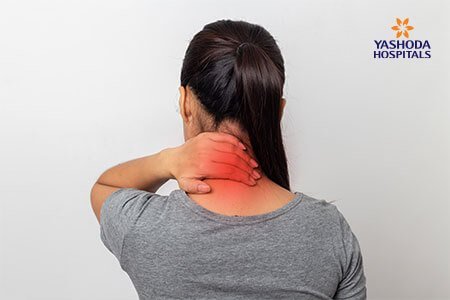Cervical Spondylosis
Causes, Symptoms, Risk Factors, Complications, Prevention, Diagnosis and Treatment
What are the symptoms of Cervical Spondylosis?
Symptoms indicating cervical spondylosis include:
- Headaches
- Grinding
- Popping
- Sensation
- Narrowing of the space needed for the spinal cord
- Trouble walking
- Loss of balance
- Weakness in the hands or legs
- Muscle spasms





 Appointment
Appointment WhatsApp
WhatsApp Call
Call More
More

